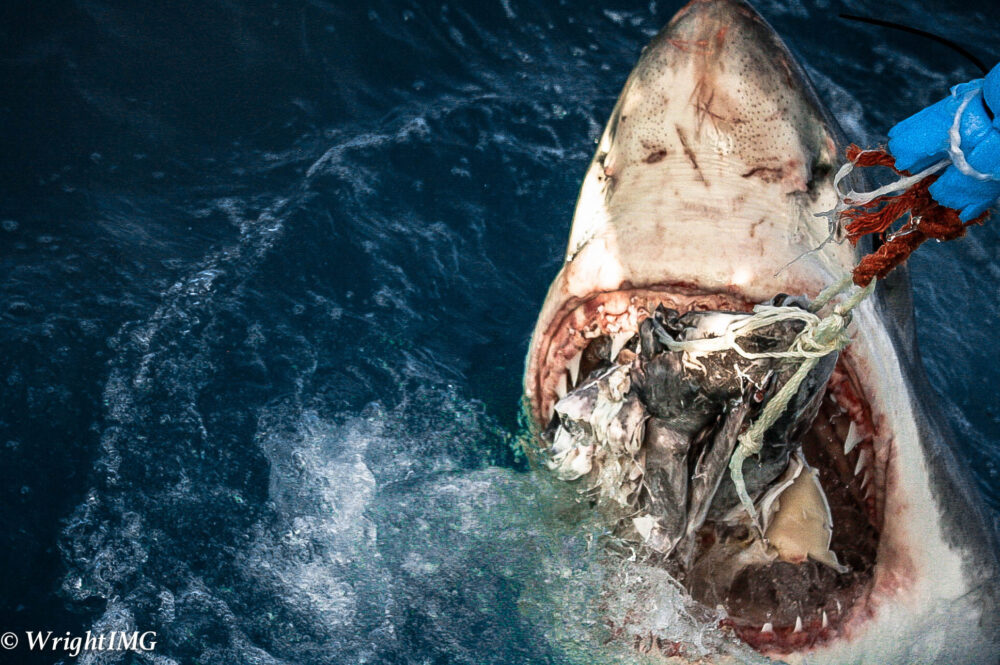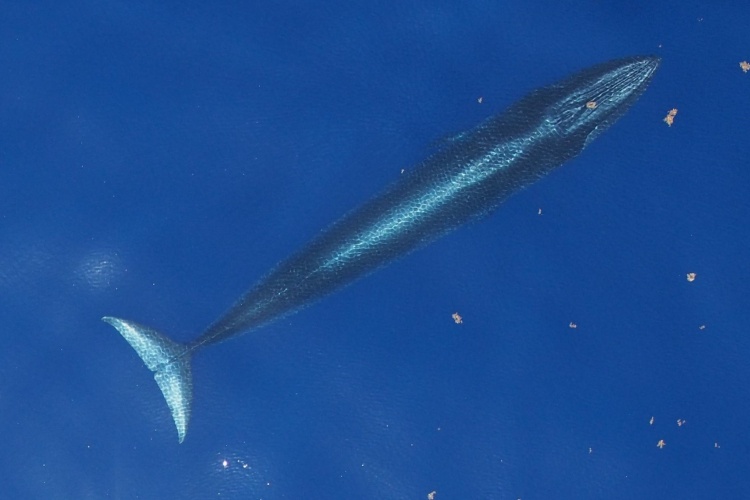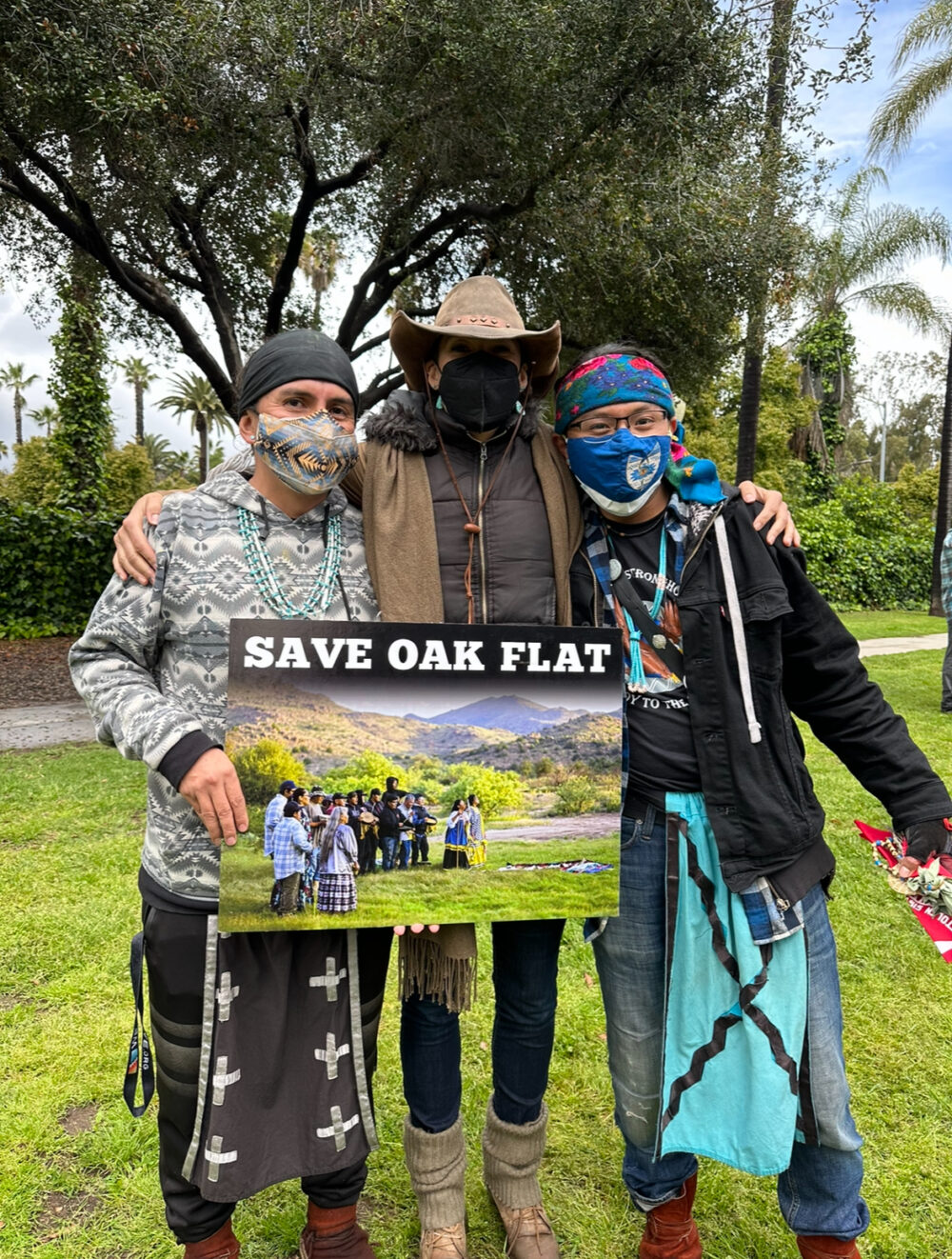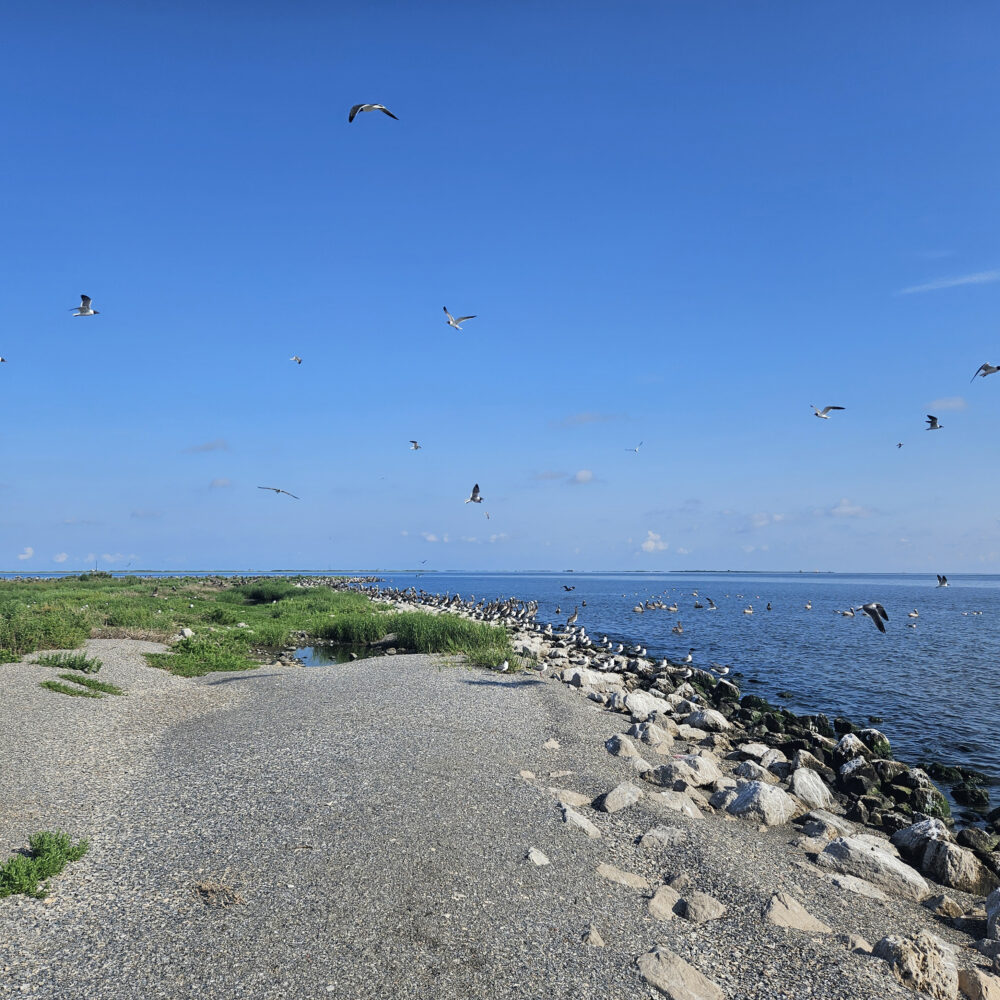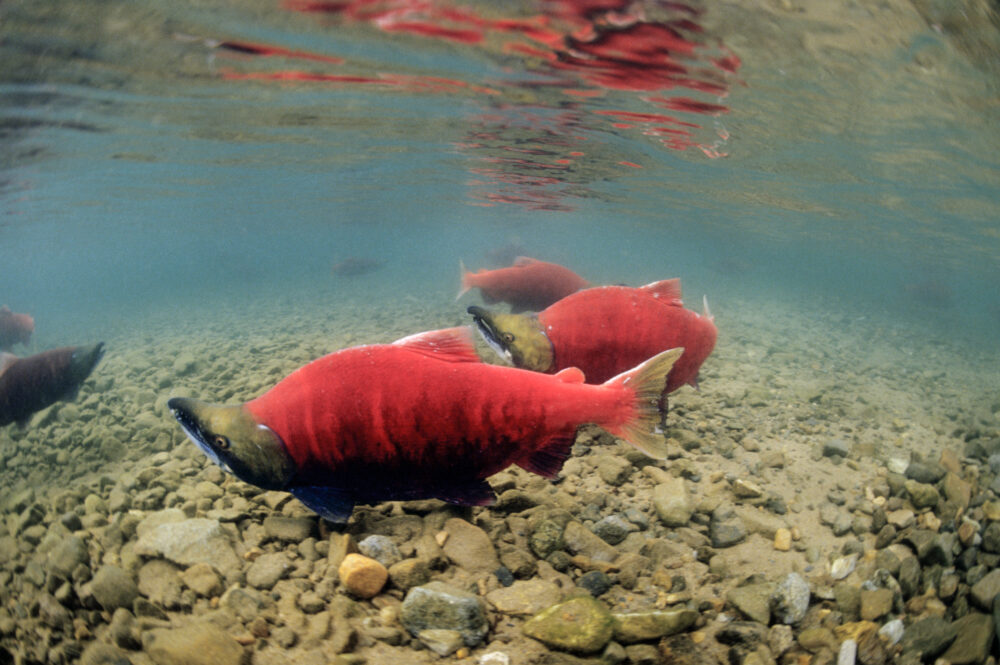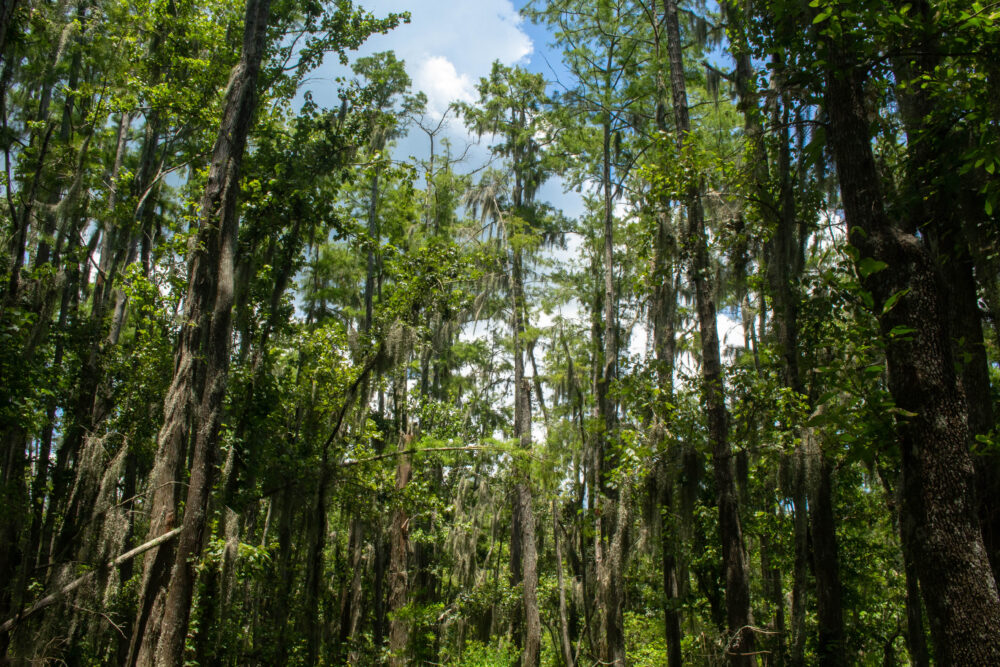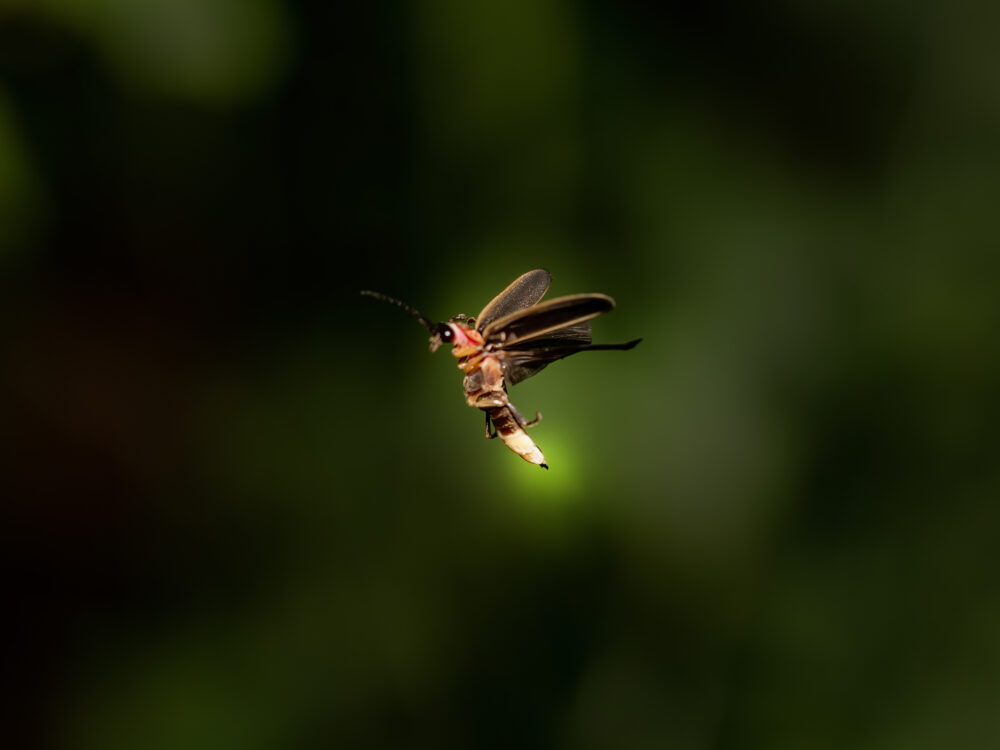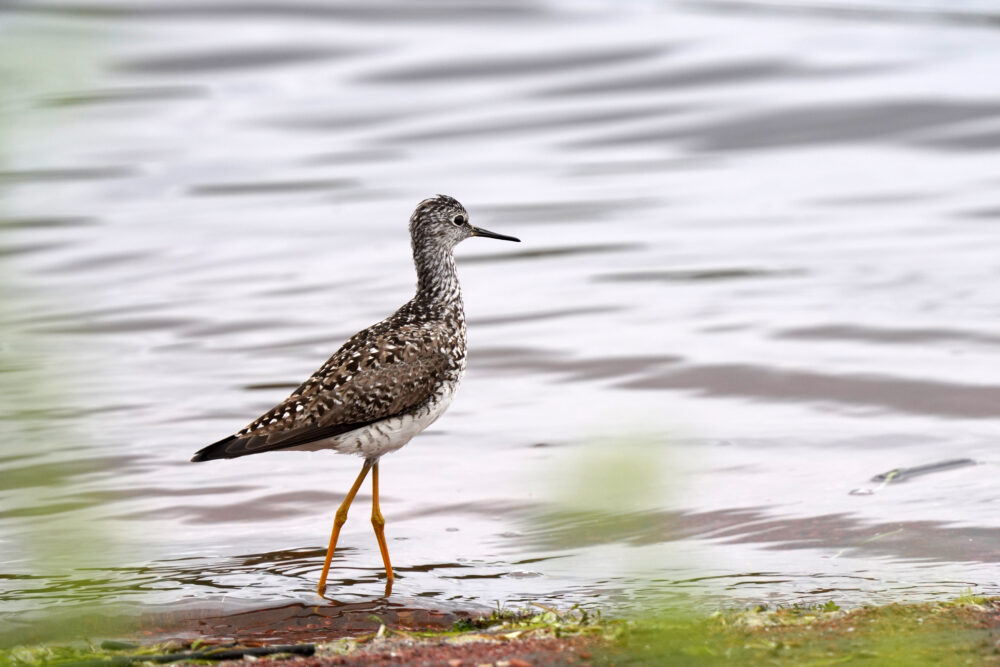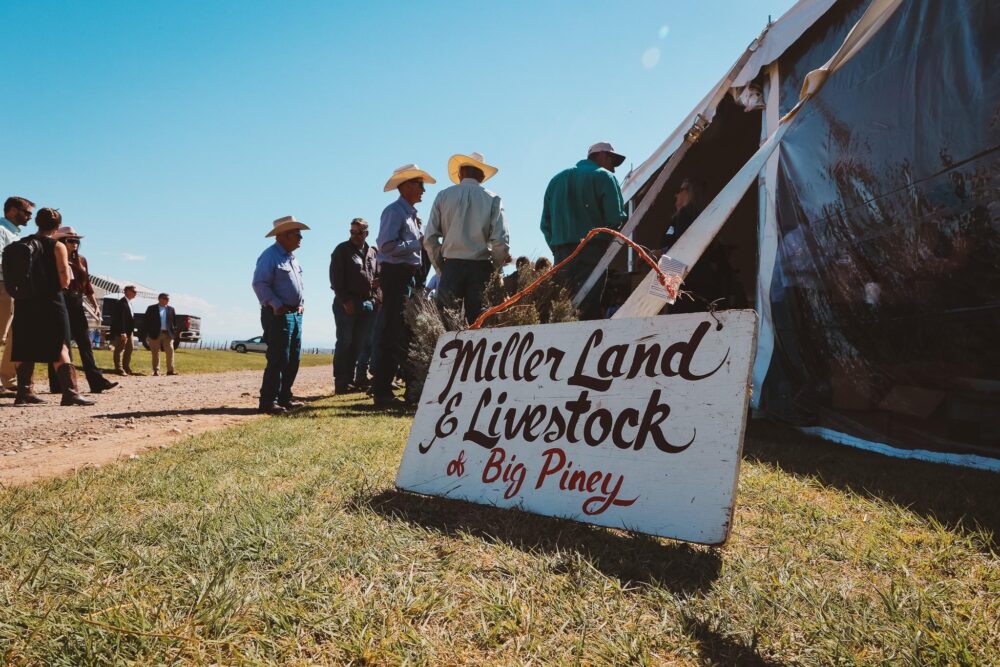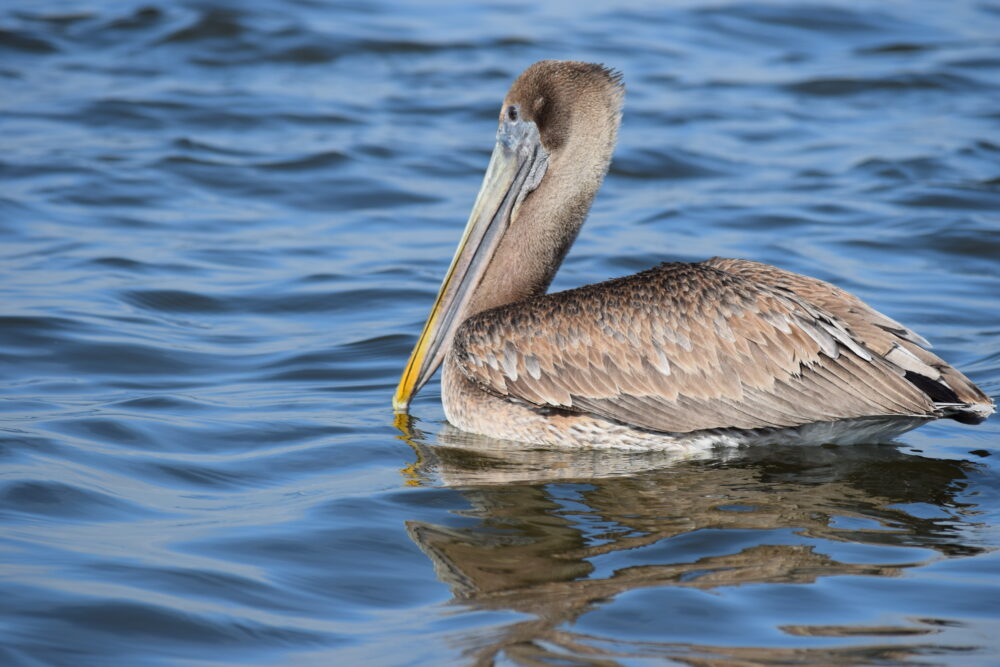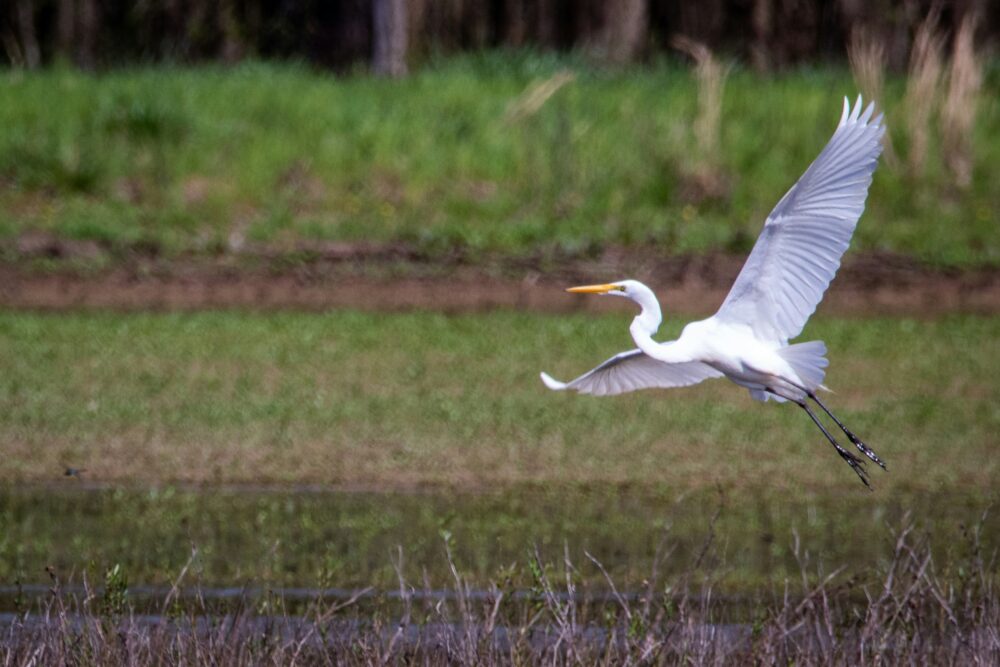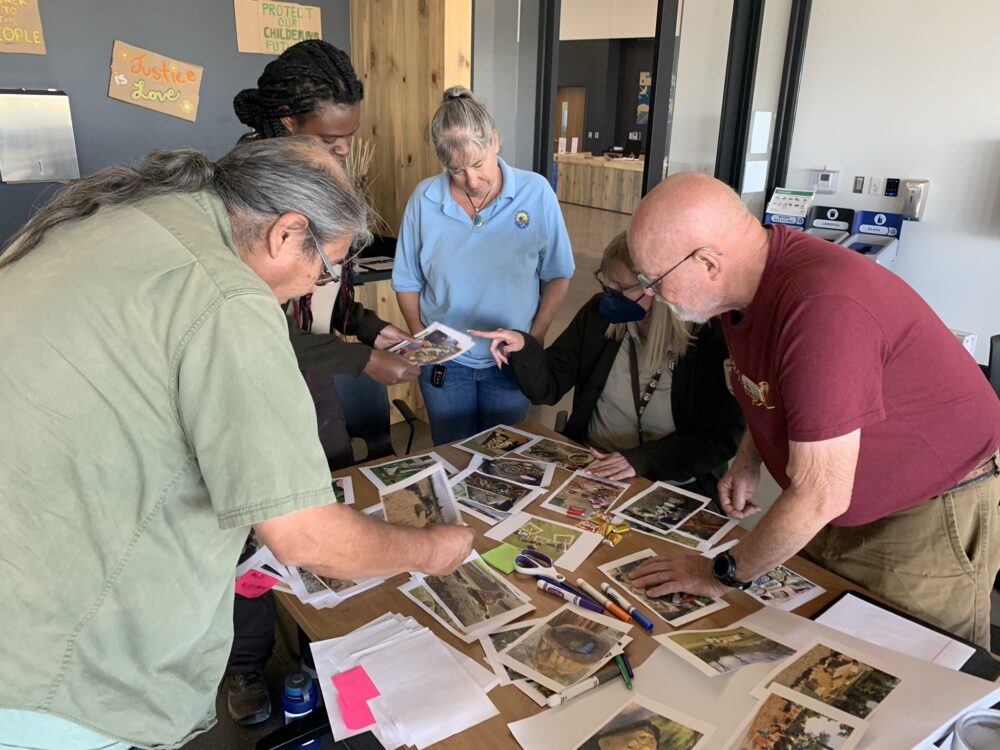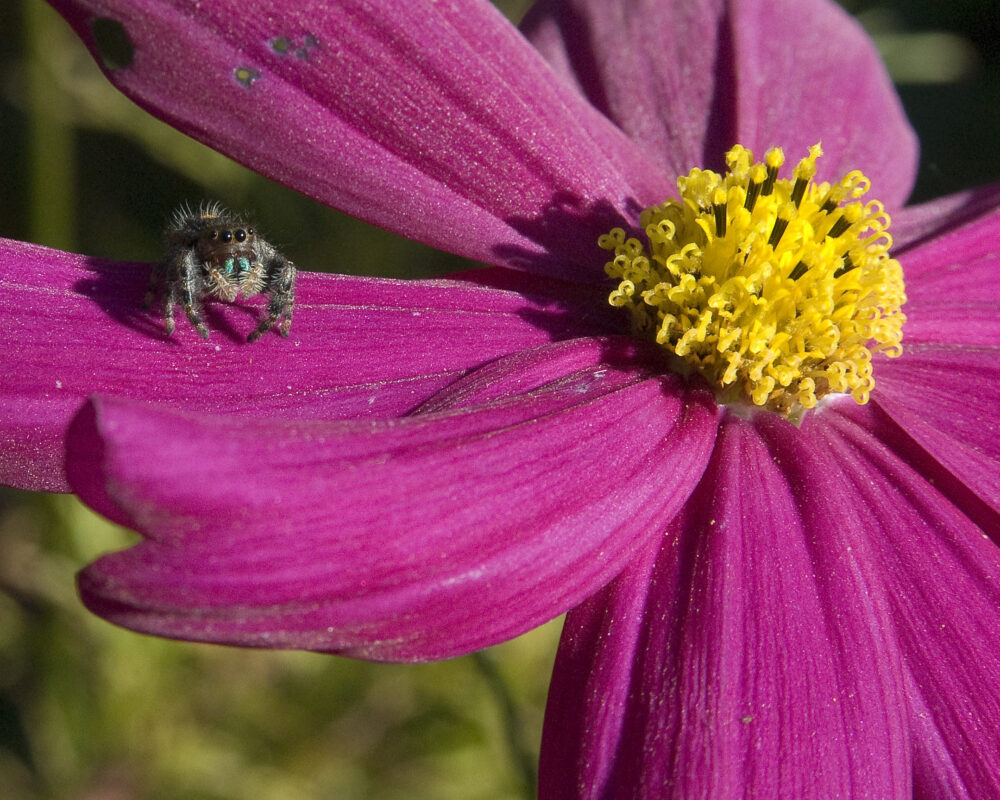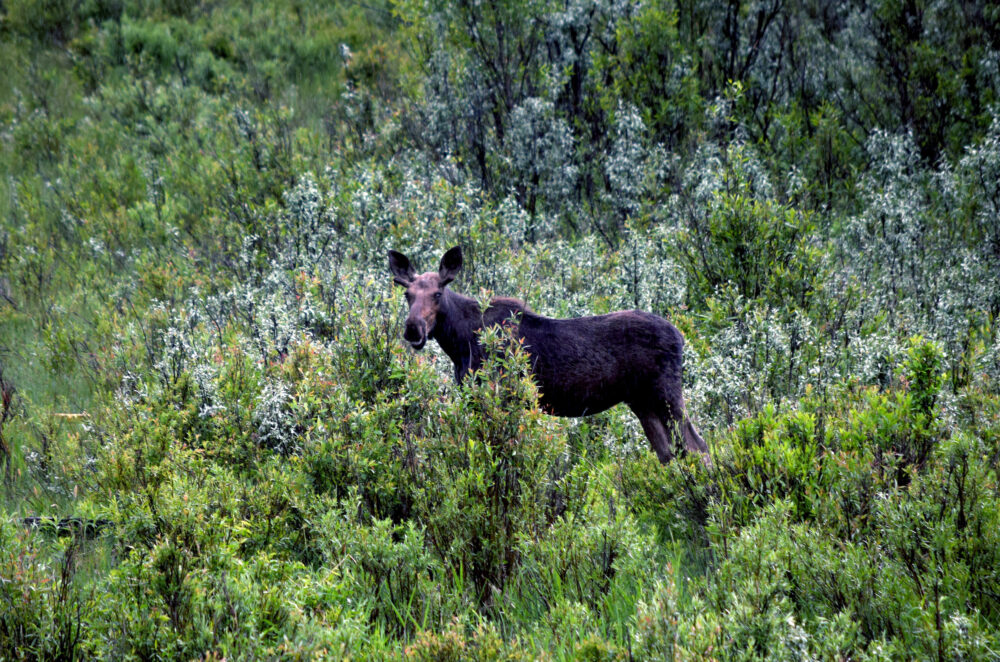We have much more to do and your continued support is needed now more than ever.
Greening the Grey to Grow More Oysters in the Bay
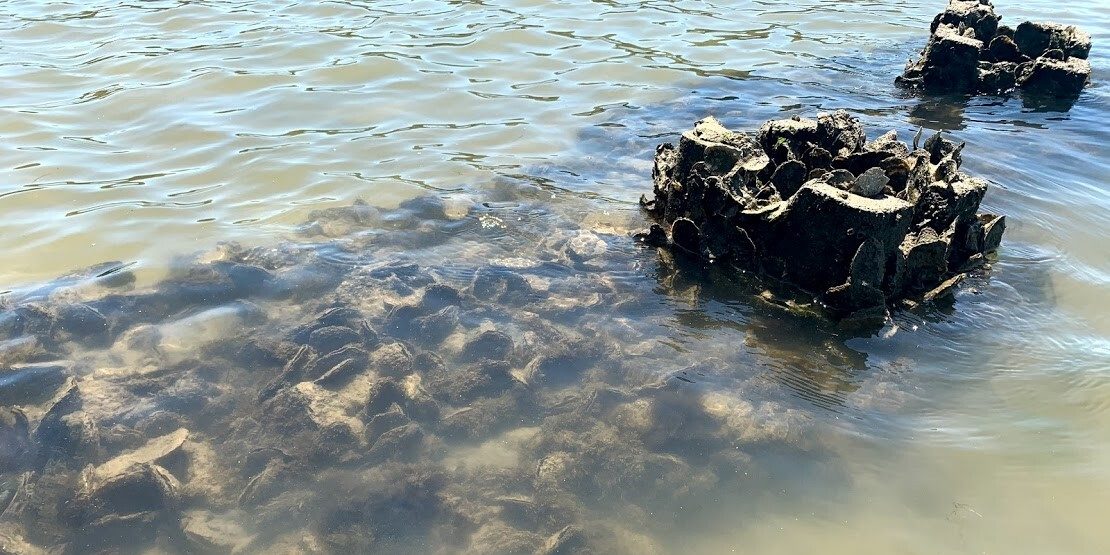
Oysters grow throughout the saltier parts of the Chesapeake Bay. They filter the water, provide ideal habitat for juvenile fish and crabs, and are pretty tasty on a dinner plate. But due to pressures from harvesting, pollution, and disease, the population of oysters in the Chesapeake is just a fraction of what it used to be. Many efforts are underway to restore oyster populations in our nation’s largest estuary. From volunteers growing oysters in cages, to planting massive reefs, to protecting oyster beds as sanctuaries, a lot of effort has gone into increasing the numbers of these precious creatures. But much more work needs to be done! Greening grey infrastructure, or adding natural components to man-made structures, is one way to help solve this problem.
Restoring Habitat
The National Wildlife Federation Mid-Atlantic Regional Center is working with scientists at the University of Maryland Center for Environmental Science’s Horn Point Laboratory to study and develop additional methods to restore oysters to the Bay, adding tools to the oyster restoration toolbox. One tool that restoration professionals use is the oyster castle. Oyster castles are interlocking concrete blocks that provide ideal habitat for oysters to grow.
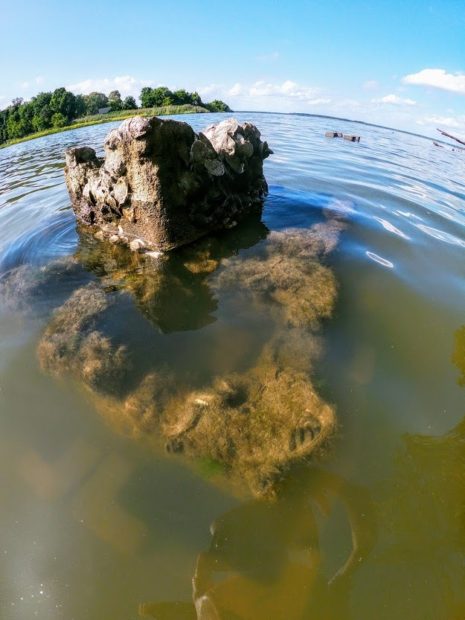
The scientists at Horn Point Laboratory have done incredible work quantifying how much nitrogen is removed from the water by an oyster castle with healthy growing oysters through microbial denitrification.
Why do we care about nitrogen? Well, nitrogen is a type of nutrient, which in excess becomes a pollutant that has caused some major problems in the Chesapeake Bay. Think algae blooms!
When there are excess nutrients in the water, algae blooms can become massive. When the algae die in large amounts, decomposition of that algae uses up a lot of oxygen and the lack of oxygen kills fish and other aquatic species.
Algae blooms can also be toxic, causing illness to people and wildlife that are exposed. Learn more about toxic algae blooms and other unnatural disasters.
And what on earth is microbial denitrification? Denitrification is the removal of fixed nitrogen (from the water) as nitrogen gas (safely released into the air); certain microbes, naturally occurring microscopic organisms, facilitate this process. Oyster castles not only provide habitat for oysters, fish, and crabs, they also provide an environment where microbes can remove excess nitrogen from the Bay.
Climate-Smart Conservation
We are working to identify and design ways to use oyster castles to retrofit existing infrastructure, particularly offshore breakwaters. Breakwaters are installed offshore to reduce erosion of a shoreline. These structures are oftentimes made of rubble or rock and they must be built to a certain height in order to remain effective to reduce wave energy and protect a shoreline.
As sea-level rises, offshore breakwaters are being inundated and even new installations will lose the height they need to be effective over time. This is where our work comes in. Our plan is to develop a solution to create ideal oyster habitat on offshore breakwaters while also extending the breakwater’s effectiveness into the future.
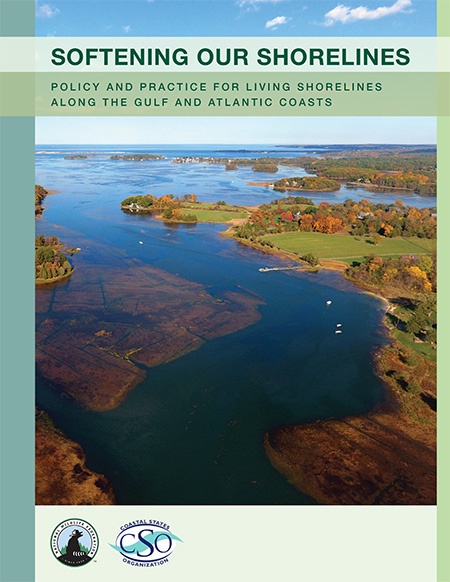
By installing oyster castles on degraded offshore breakwaters and planting oysters on the structures themselves, we are working to create a wildlife friendly solution to aging infrastructure that is able to grow as sea-level rises, while also improving water quality in the Chesapeake Bay.
The National Wildlife Federation is committed to clean water, abundant wildlife, and climate-smart conservation. Greening the grey is just another cog in the wheel of our mission to help people and wildlife adapt to climate change.
Learn more about National Wildlife Federation’s adaptation projects:

